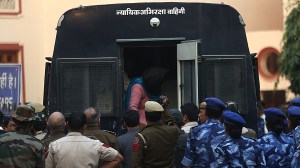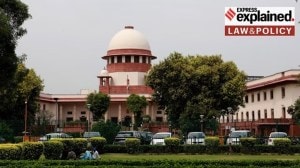A village writes its own history
A village on the outskirts of Thiruvananthapuram city is engaged in a not-so-common assignment:

A village on the outskirts of Thiruvananthapuram city is engaged in a not-so-common assignment: writing its own history and finding missing links. The Malayinkeezhu History Research Project, initiated by a group of academicians and journalists, is fast becoming a mass movement. A workshop led by Kerala History Research Council chairman P J Cherian was held in Malayinkeezhu on Sunday to finalise a framework for the history writing.
Cherian advised the writers not to view history linearly. “The work should be started with the marking of archaeological symbols in the place. Also, you must take care to filter out historical elements from myths,” said Cherian. Malayinkeezhu, which boasts of a history of at least nine centuries, is situated 15 km away from the city on the road to Kattakkada. From available records, the history of the place can be traced back to the 12th century. Reference of a place in south Travancore called Malayinkeezhu is there in ‘Thiruvalla Chepped’, historical notes scripted on copper sheets.
“The presiding deity of Malayinkeezhu, Sri Krishna, known as Thiruvallazhappan indicates the relation between this Krishna and the Sri Vallabha deity in Tiruvalla. We are on a mission to find the missing links in the history,” said P K Rajasekharan, chairman of the project. One of the first vernacular translations of Bhagavad Gita originated in Malayinkeezhu, he claimed. The Gita translation by Malayinkeezhu Madhavan was done in the 15th century, well before other languages had even thought about such an attempt.
The history project is being coordinated by Malayinkeezhu Venugopal, K S Gopalakrishna Pillai and Prof S Bhaskaran Nair.



- 01
- 02
- 03
- 04
- 05




























